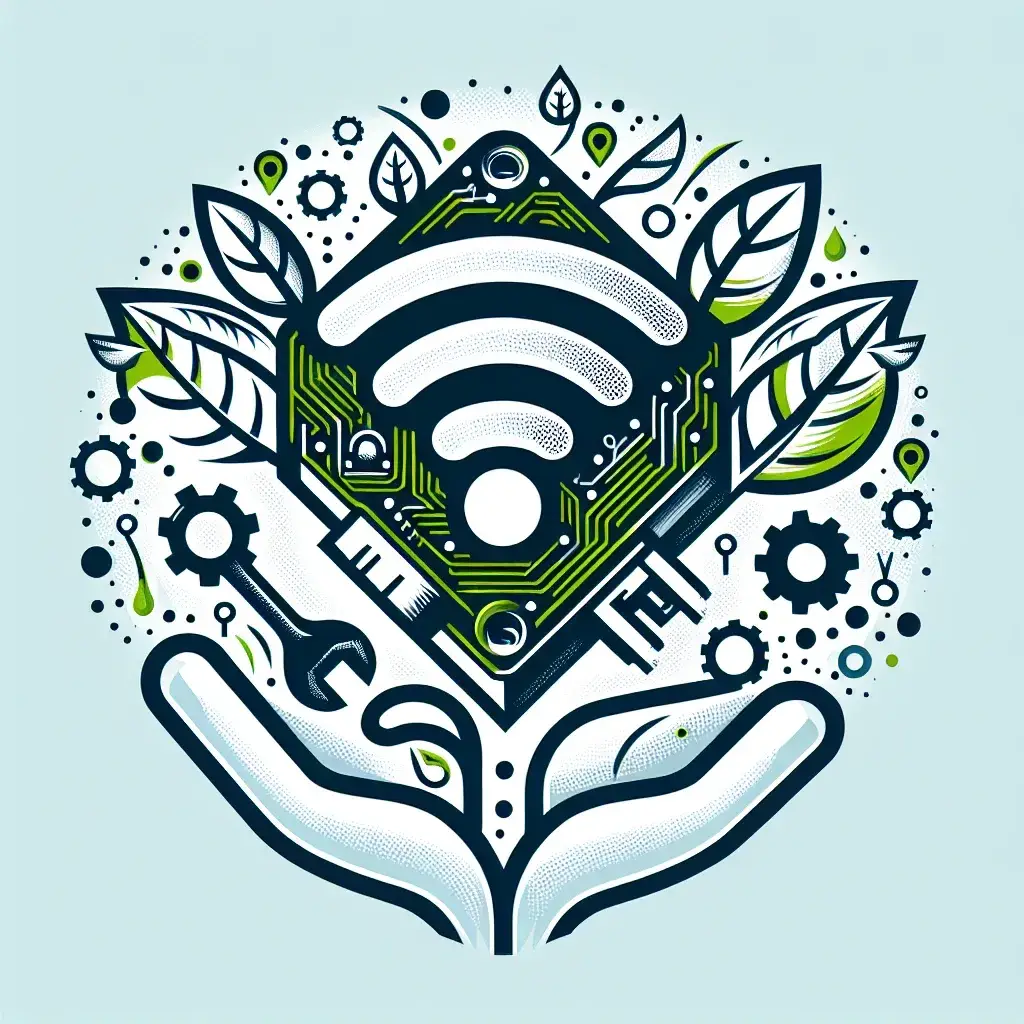Introduction
In today’s digitally connected world, efficient power management has become a crucial consideration for network administrators and tech enthusiasts. Optimizing a network adapter for low power consumption not only helps in reducing energy bills but also contributes to extending the lifespan of network devices. This article provides a comprehensive guide on the best practices for minimizing the power usage of your network adapters.
What is a Network Adapter?
A network adapter, also known as a network interface card (NIC), is a hardware component that connects a computer to a network. It facilitates communication between the computer and other networked devices, including servers, printers, and other computers.
Why Optimize for Low Power Consumption?
Optimizing a network adapter for low power consumption offers several advantages:
- Reduced energy bills.
- Extended lifespan of network devices.
- Lower environmental impact.
- Improved overall network performance.
Table of Power Saving Features and Their Benefits
| Feature | Benefit |
|---|---|
| Wake-on-LAN (WoL) | Saves power by allowing the network adapter to sleep until it receives a specific signal. |
| Energy Efficient Ethernet (EEE) | Reduces power consumption during periods of low data activity. |
| Power Management Settings | Customizable settings can put the network adapter in various low-power states. |
| Advanced Cable Management | Minimizes unnecessary power usage by reducing electrical noise and signal loss. |
Steps to Optimize Network Adapter for Low Power Consumption
1. Enable Wake-on-LAN (WoL)
Wake-on-LAN (WoL) is a feature that allows a computer to be powered on or woken up by a network message. Enabling WoL can reduce power consumption by allowing the network adapter to enter a low-power state until it’s needed.
2. Use Energy Efficient Ethernet (EEE)
Energy Efficient Ethernet (EEE) is a set of enhancements to the Ethernet standard that improves energy efficiency. EEE reduces the power consumption of the network adapter by lowering power usage during periods of low data activity.
3. Adjust Power Management Settings
Most network adapters come with customizable power management settings. These settings can be adjusted to put the adapter in various low-power states when full power is not needed.
4. Optimize Advanced Cable Management
Proper cable management can also lead to power savings. High-quality cables minimize electrical noise and signal loss, reducing the power required by the network adapter.
5. Update Network Adapter Drivers
Regularly updating your network adapter drivers can ensure that you have the latest power-saving features and bug fixes. Manufacturers often release updates to improve performance and energy efficiency.
6. Disable Unused Features
Many network adapters come with additional features that are not always necessary. Disabling these unused features can help reduce power consumption. For example, if you are not using certain types of network traffic or protocols, turning off these features can save power.
Additional Tips
- Monitor Power Usage: Use software tools to monitor the power consumption of your network adapter. This can help you identify areas where further optimization is possible.
- Consult the Manufacturer’s Guidelines: Always refer to the manufacturer’s guidelines for specific power-saving features and recommendations.
- Consider Using a Network Adapter with Built-In Power-Saving Features: Some modern network adapters come with advanced power-saving features built-in. Investing in these can provide long-term energy savings.
Conclusion
Optimizing a network adapter for low power consumption is an excellent way to reduce energy costs, extend the lifespan of your devices, and contribute to environmental sustainability. By following the best practices outlined in this article, you can achieve significant power savings and improve the overall efficiency of your network.

